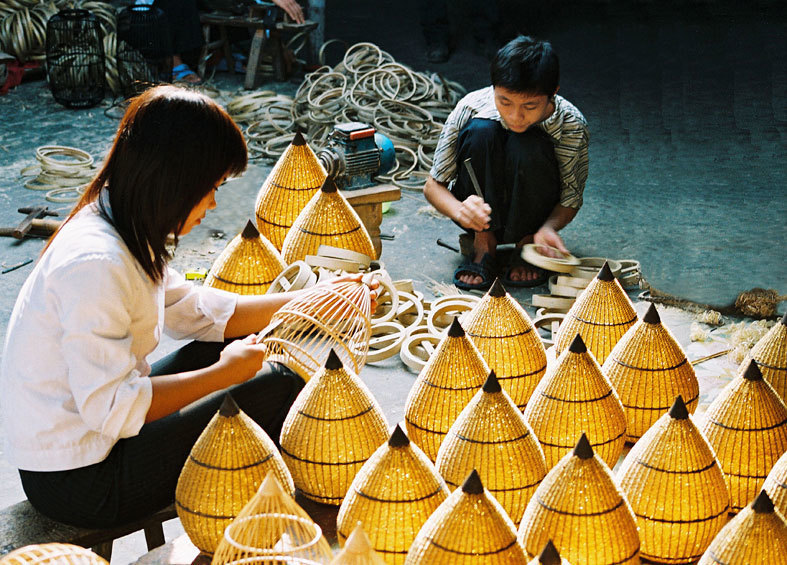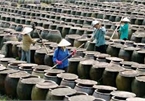In 2018, the government released Decree 52 on developing rural trade, under which seven groups of trade are preserved and promoted, including 1/ processing and preserving agricultural, forestry and aquatic products; 2/ producing handicrafts; 3/ treating and processing materials for rural trade production; 4/ producing wooden, rattan and bamboo products, ceramics, glass, textiles, fibers, embroidery, knitting products and small mechanics; 5/ producing and trading ornamental creatures; 6/ salt production; and 7/ making products and providing services to rural residents.

After two years of implementation, the total number of workers involved in rural trade has reached over 2.3 million, an increase of 300,000 compared with 2017, or 15 percent. The average income of laborers is VND4-5 million a month, double the income from pure farming.
The total revenue from rural trade activities has reached VND236.2 trillion, an increase of VND40 trillion, or 20.5 percent compared with 2017. The highest revenue of VND92.901 atrillion has been gained by the production of pottery, rattan, glass, textile, yarn, embroidery, knitting, small mechanical objects and sculpture.
Meanwhile, the services for local production and daily life had revenue of VND67.818 trillion, which accounted for 28.7 percent.
Le Duc Thinh from MARD said the export growth rate of the products is relatively high, about 10 percent per annum. In 2019, the export turnover of fine handicrafts alone was $2.35 billion.
Despite Covid-19, the export turnover of some production sectors still grew significantly by 3.4-11 percent compared with the same period last year.
Vietnam’s fine handicrafts are present in 163 countries and territories, with the US, Japan and Europe the major markets.
However, Thinh admitted that the development of rural trade and craft villages remains modest as potential and advantages still have not been fully exploited. The production is organized on a small scale, at households, while the infrastructure is poor.
Some craft villages report that they lack materials for production, while others say it is difficult to get loans from credit institutions. Those who can get bank loans complain that the lending interest rates are high and the loans short term.
MARD Minister Nguyen Xuan Cuong said at z conference on reviewing the two-year implementation of Decree 52 that Vietnam invested 30,000 trillion over the last 10 years to develop rural infrastructure and promote production.
In 2019, the average income of rural residents was VND43 million, four times higher than 2009.
T. An

Hoi An reopens pedestrian streets and craft villages
Hoi An, home to one of the nation’s most famous UNESCO world heritage sites, has reopened its pedestrian streets, night streets, and craft villages following several months of closure due to the impact of COVID-19 pandemic and flooding.

Visit the oldest fish sauce craft village in Da Nang
The 400-year-old Nam O fish sauce craft village in Nam O Village is one of the must-visit places in the central city of Da Nang, besides Bà Nà Hill and Sơn Trà Peninsula.